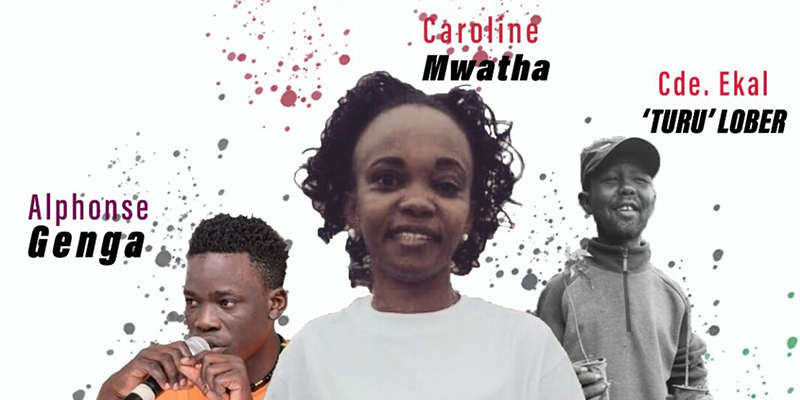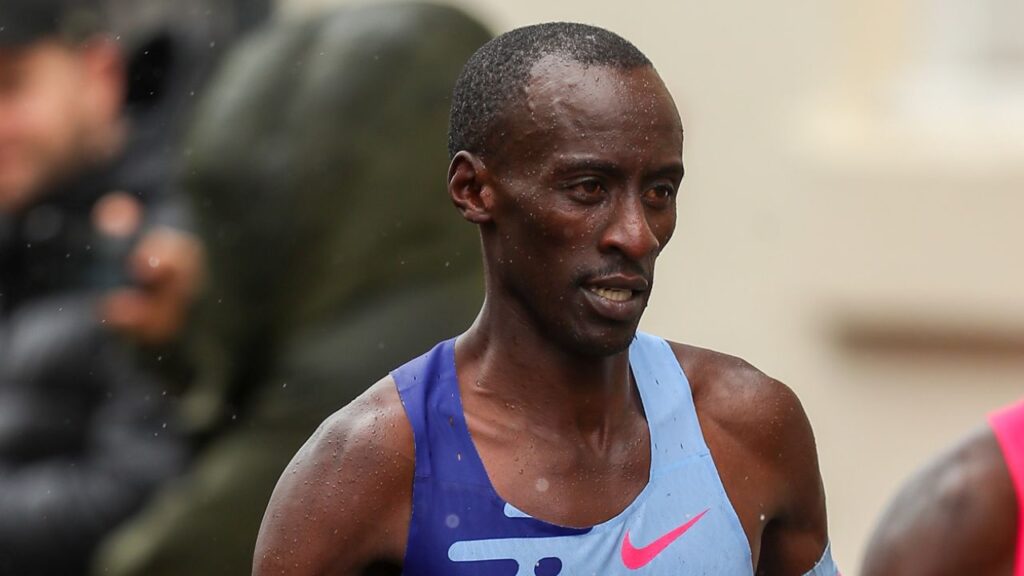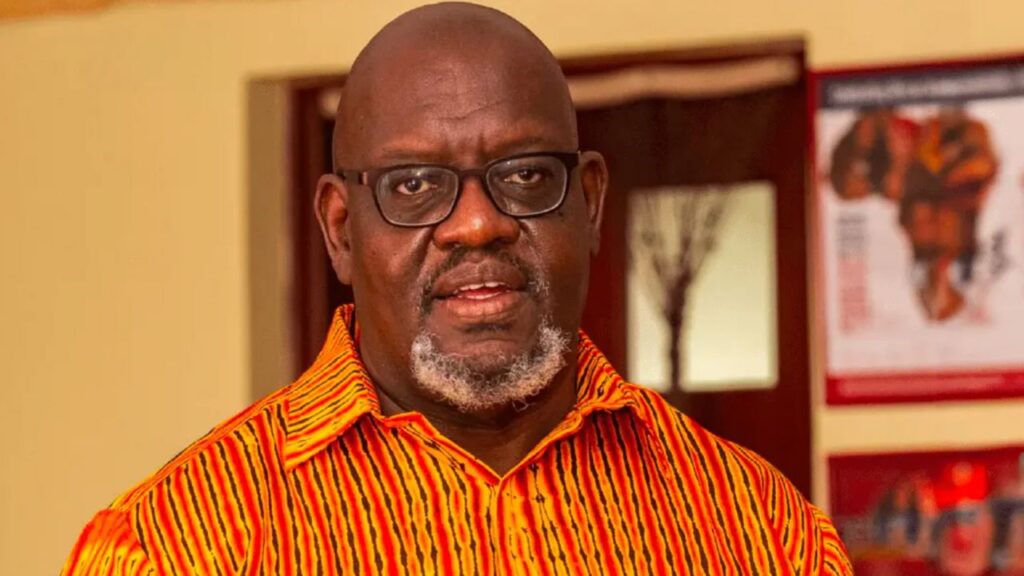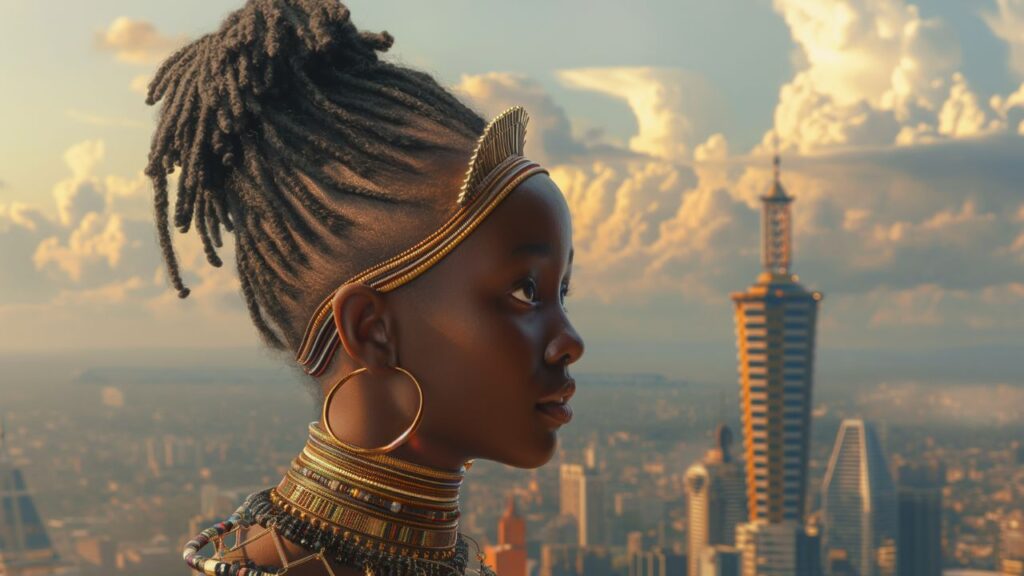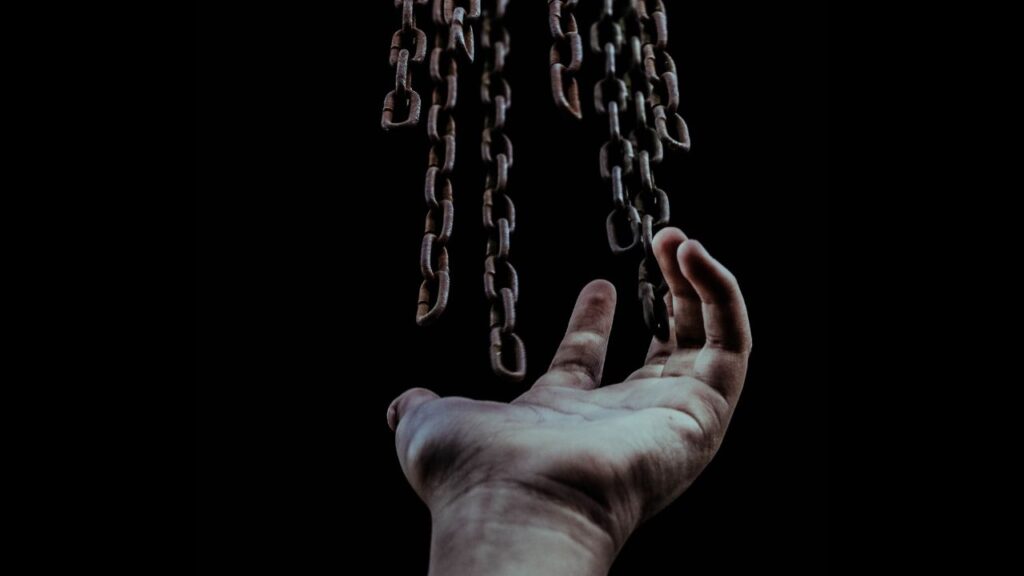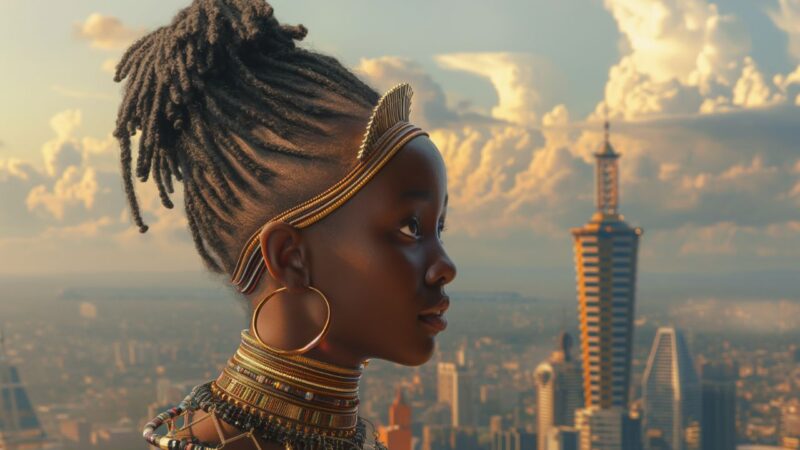The independence struggle of 1920 to 1963 against the colonial government was followed by the second liberation struggle from 1982 to 1992 against the dictatorship of the President Daniel Arap Moi. This was a fight for democracy, a just constitution and a fight for civic space. This culminated with repealing of Section 2A of the constitution in December 1991 which had made Kenya a one-party state for almost a decade. The new, or third wave of liberation has been carried out by social justice movements in Kenya together with a multitude of organisations.
This reflection focuses on three committed activists whose lives were cut short by the same system that took our independence heroes. They dedicated their lives in the new wave of struggle which has been characterised by extra-judicial executions and enforced disappearances by the police, the shrinking of democratic space, high level corruption, the ever-widening gap between the poor and rich and the privatisation of basic services.
The Social Justice Centres’ Working Group (SJCWG) is an umbrella body of more than sixty social justice centres based in the communities across the country. It was formed early in 2018 when individual grassroots human rights centres decided to come together to tackle the many injustices in the country and more so in the poor urban areas. The Social Justice Centres Movement has also suffered losses in its five years of existence with the lives of three human rights defender (HRD’s) ending in tragic ways. The richness of life is not through material accumulation, but rather through the impact we make on others.
In this post I celebrate the lives and activism of our fallen comrades as a testament to their work and in the hope that they did not die in vain, and they can inspire others.
Carol ‘Mtetezi’ Mwatha
Carol Mwatha was a mother of two and was a vibrant and committed human rights defender who dedicated her life to serving the community. She worked to ensure that the streets were safe for the youths who had been a target of police killings, arbitrary arrests, extortion and harassments. She started her activism long before the formation of Dandora Community Justice Centre (DCJC) and she had created an elaborate network with other community organisers, activists and organisations fighting for the same cause.
The truth about her tragic end will probably never be known due to the manner in which the state agents hastily created what seemed like an obvious cover up and disseminated the story to media houses without reaching out to the family first, as protocol would have demanded. This was a deliberate move to control the narrative. Carol went missing on 6 February 2019 only to be found at the city morgue on 12 February registered under a wrong name. Her family and friends had been at the same facility on the 8 and 9 February and didn’t find her among those that had been brought to the facility from the day she went missing.
The police story lacked credence from the very beginning. The mortuary attendants failed to disclose the officer in charge on the day she was purportedly brought to the morgue. The post-mortem was delayed, and even then, the wrong name was suspiciously entered – Carolyn Mbeki – and the police went ahead and informed the media of her ‘discovery’ on 12 February even before informing the family.
Carol was a visionary leader with excellent organisational and mobilisation talents. The idea of forming a centre in the community was taken in her house at an informal meeting with her comrades. She saw the need to have a community centre to bring different community organisers into Dandora under one umbrella and speak in one voice. She sat down together with her comrades from DCJC and committed to organising and mobilising her community against the many social injustices they experienced daily.
As a mother, Carol rejected the idea of bringing-up her children in a context where injustices are normalised. To this end, she committed to fight extra-judicial killings, police extortion, arbitrary arrests and harassment of youths which were and still are a common trend in Dandora and other high-density and poor neighbourhoods. She knew what she was standing against but her zeal for a safe Dandora superseded her fears. Alaman James, a long-time friend of Carol notes she was a frequent visitor to Kwa Mbao Police Post and other police stations in Dandora as she tried to secure the freedom of community members who had been arbitrarily arrested. Alaman recounts how Carol – his church friend turned activist – spent countless hours going late at the night to police stations and from one organisation to another trying to help victims. Her resolve to follow-up police killings set her against powerful forces which were used to acting with complete impunity. The establishment of DCJC in the community definitely sent a strong a message which made these forces feel threatened.
Faith Kasina, another close friend of Carol and a coordinator of Kayole Community Justice Centre, described her as a mother figure to most of her comrades. Despite her lean frame, she had wide shoulders for her comrades to lean on when they needed her. She was an elder sister, a mother figure to some, and a close confidant to many. Faith talks of a comrade who would frequently reach out to her friends and comrades just to make sure they were well. Through her friends’ accounts, I learnt about a leading comrade who stood against overwhelming odds no matter the outcome.
Carol Mwatha launched a war against a system of impunity, a system one hundred times larger than her, mightier than her, older than her, but she mounted a defence to protect her children and the community where she lived.
Henry Ekal Lober “Turu”
On 21 February 2021, we lost another committed comrade. Members of the social justice movement learnt of his death after a six-day search ended with the tragic revelation. Ekal had lost consciousness and was taken to Kenyatta National Hospital. Members of his social justice centre had spent days looking for him without help from the hospital administration. With the lethargy and negligence in our public hospitals and because he was not accompanied by anyone to the hospital, he was left to the mercy of fate. He succumbed to his condition and died.
Ekal or Turu as he was known by many, hailed from Loki in Turkana hence his alias. Just like many in Mathare, Ekal found a second home there and he would spend the rest of his years in the community. He came to Nairobi looking for a promising life after leaving his pastoralist family hundreds of kilometres from the capital. Mathare welcomed him with open arms, and he ‘fell in love’ with the place, never to return home.
Ekal had slurred speech, a limp and wound that had become septic overtime, and he struggled with both alcoholism and the institutionalised poverty in the ghettos of the city. Despite these problems, he was a forever jovial, brutally honest with everyone and coherent when it came to articulating issues of injustices caused by the system. For this, some referred to him as professor.
Mary Njeri, one of the administrators at Mathare Social Justice Centre (MSJC), recalls her moments with Ekal with nostalgia: “Even though he struggled with alcoholism, he was smart and very clear when it came to articulating his thoughts and what he envisioned for the community. He always carried a pen and a book for jotting down ideas and reflections and a magazine to read in his free time. I sometimes wondered what he would be scribbling and one day out of curiosity, I decided to have a look in one of his notebooks …I was shocked to learn that Ekal was conducting one-man research on Water Accessibility in Kosovo, an area of Mathare where he lived. He did all this with zero budget. Despite his failing health, he would criss-cross the narrow alleys to interview residents on his topic.”
On this particular day, he came straight to Njeri. She wrote and translated the conversation that ensued:
Ekal: Hello Njeri
Njeri: I’m fine, what about you?
Ekal: I’m fine. Are you still in college? Do you know how to use a computer?
Njeri: Yeah, I know how to.
Ekal: (Unfolding his research papers), I would like you type up my research report on water.
Njeri was left speechless after going through the content of his research. It was written in a very clear manner capturing most aspects of the water crisis. Ekal was proactive when it came to action and chose to do what was needed without waiting for donors to fund his work. This is the true spirit of an organic community organiser. Apart from this, he always wrote articles which he would ask comrades to type for him. Yet he was an intellectual that got smothered by the system, slowly sucking his dreams out of him, leaving him hollow and broken.
Ekal was a committed member of Bunge La Mwananchi (People’s Parliament). It is from this space where he became friends with Gacheke Gachihi one of the founder members of MSJC. Ekal floated the idea of forming a JM Kariuki Social Justice Centre named after Josiah Mwangi ‘JM’ Kariuki, who was an activist and politician assassinated during Jomo Kenyatta’s regime. MSJC would later be formed in 2014 to document and fight extrajudicial killings, enforced disappearances and other social injustices.
I came to know Ekal in 2020 at various functions organised by MSJC. In all these meetings, he always created ‘beautiful trouble’, the kind of trouble I call, ‘necessary trouble’. He would not let the meetings proceed without following protocol. He would speak his mind and oppose anything that he deemed not to be in the spirit of true and radical justice.
According to Njeri, Ekal wouldn’t hide his disappointments and offer his unsolicited criticism and would repeat it over and over until his counsel was heeded. And of course, it was always positive criticism. Through this approach, he was instrumental in MSJC’s growth and helped to ensure that the centre did not veer off from its core and founding mandates.
Oyunga Pala, a Kenyan journalist, columnist and an editor, teamed up with Ekal and became a committed member of the Mathare Green Movement where, with Ekal, he embarked on an ambitious project to clean and green Mathare. Hailing from the arid areas of Turkana in Northwest Kenya, Ekal understood very well the role trees play in our ecology. He invested his time in increasing the tree cover of Mathare knowing very well that most of the trees wouldn’t benefit him personally but would serve the generations to come.
The Mathare Green Movement went ahead and transformed garbage sites and polluted areas into small parks. These small parks serve as oases of hope in Mathare giving us a sneak preview of the Mathare dream that Ekal believed in. In his final tribute to Ekal, Oyunga Pala describes the futuristic dream that Ekal saw for Mathare; the future where youths could craft their destinies by being proactive in shaping and charting a new path full of hope. Ekal was one of the few comrades who was proactive, pragmatic, brutally honest, and committed to the struggle with a jovial soul. He always strived to rise above the system’s dragnets stifling his spirit.
This is my ode to Ekal:
May the homeless birds from the wilderness find a tree to perch on in Mathare,
from a restless journey may they find home, an oasis of peace and comfort.
May your trees be home to thousands of homeless birds,
ejected from their ancestral homes due to ecological disruption.
May your trees clean the foul air in Mathare,
the foul air of ethnicity, crime, despair and hopelessness
and breathe out fresh air rich in hope, a brighter future and common goal of prosperity.
May the roots of your trees hold together the soil of Mathare,
the soil with the blood of Mau Mau and many slain youths.
May that rich history be held together by the roots of your trees.
May that soil never be eroded or washed away.
Let your trees hold the rich history for us and for the future generations.
Alphonce Genga
On 4 February 2022, the Social Justice Centres’ Movement was thrown into yet another deep mourning after the sudden death of Comrade Alphonse Genga. Alphonse was a 21-year old comrade of Githurai Social Justice Centre (GSJC) whose demise occurred four days to from his 22nd birthday.
Brian Mathenge, a close friend, and a colleague of Alphonse paints a picture of a young, vibrant comrade fresh from school, who decided to make an impact in his community. He chose the unfamiliar route, to commit his life to protect the weak, the marginalised, the voiceless and the poor in Kenya. Within a year, Alphonse was a powerhouse in activist circles due to his sincere commitment. He used art to reach out to more community members and to educate, organise and mobilise.
Alphonse would later join the Mau Mau study cell organised in Githurai. Through the ideological grounding classes he attended, he joined the Communist Party of Kenya (CPK) where he dedicated his time to reading and understanding Marxist theory. This sharpened him politically and he would later use the same knowledge to reach more people from his area of residence in Roysambu. He preached and practiced socialism.
Alphonse wore many hats, but if there is one aspect that defined him it was his commitment to ecological justice. He took part in the annual climate strike, he had joined several ecological justice groups such as Eco-Vista, Ecological Justice League, Kasarani Ecological League, Green Jewel Movement and Githurai Green Movement among others.
During the posthumous birthday and celebration of his life, one of his friends confessed that Alphonse had quit football, giving up a talent that he had nurtured since childhood so that he could spend more time in the fight for his community in Githurai.
On 2 February, he was involved in a road accident. He suffered an internal head injury and a broken arm. He was rushed to Kenyatta National Hospital (KNH) where he was left unattended for more than ten hours, yet he was a critical condition. Alphonse was in acute pain; his centre members were in panic in the hospital compound. It was only after a confrontation between his friends and the hospital staff that the doctors attended to him although with great lethargy. At the time of his death, his broken arm had not been attended to, more than 36 hours after admission. It was this kind of neglect in a system dominated by privatised healthcare that gradually and painfully squeezed the life out of Alphonse. The same healthcare system he was fighting to improve cut his life abruptly short.
It is an agonising fact which makes one reel with pain to learn that a public hospital such as KNH has a private wing to attend to their well-to-do clientele while the general populace is segregated in general wards without enough medics, nurses, drugs and beds for patients. Only the rich get services as they can afford to pay for them while the poor daily die in droves. Privatisation of the healthcare system in the country has turned the entire system into a for-profit venture.
To give a befitting tribute to our fallen comrade, it is the responsibility of every comrade to demand a total overhaul of the cartel-ridden healthcare system and replace it with a service that serves the people.
In the spirit of Alphonse Genga, it’s NOT YET UHURU until our healthcare is liberated. Let’s ensure we fight for justice, dignified lives, and a better healthcare system as comrade Genga lived doing.
–
This article was first published by ROAPE.

